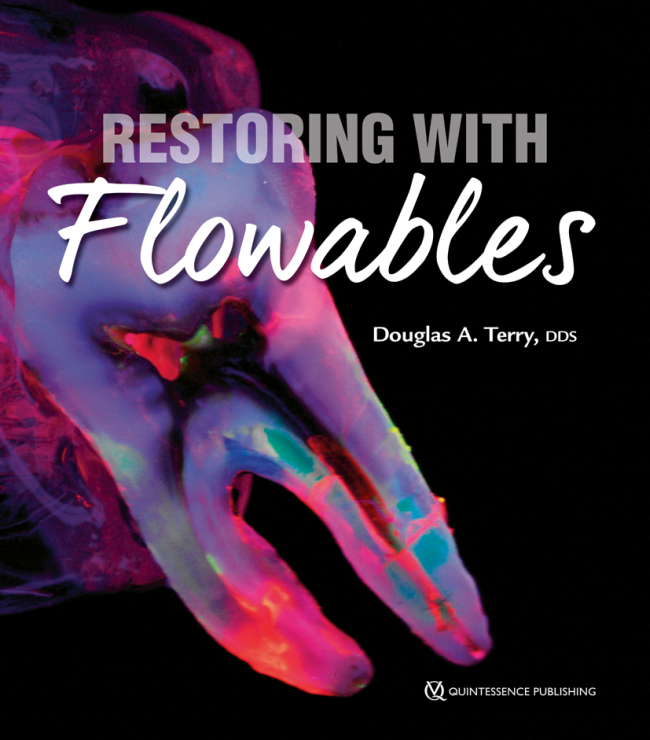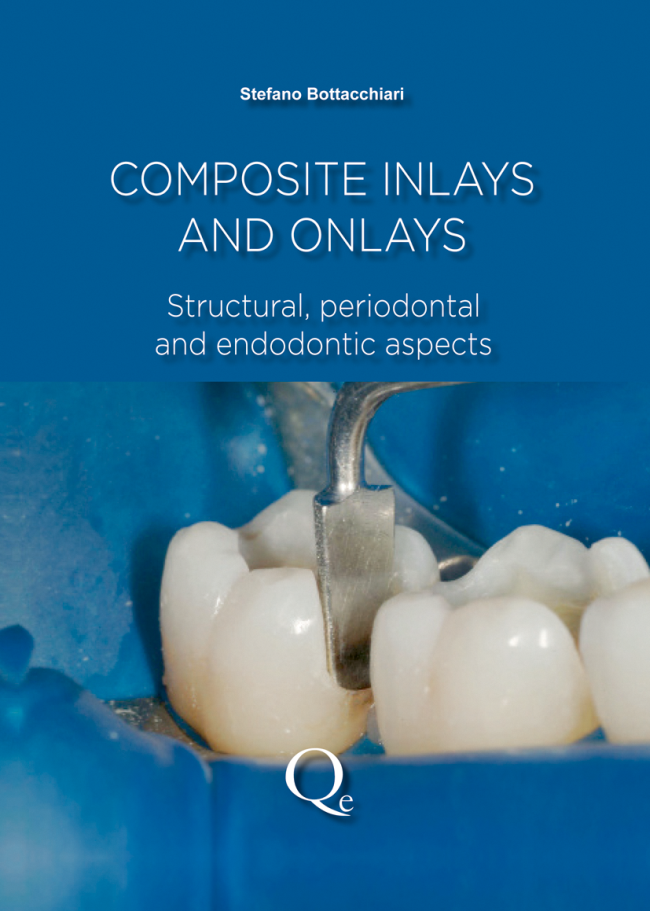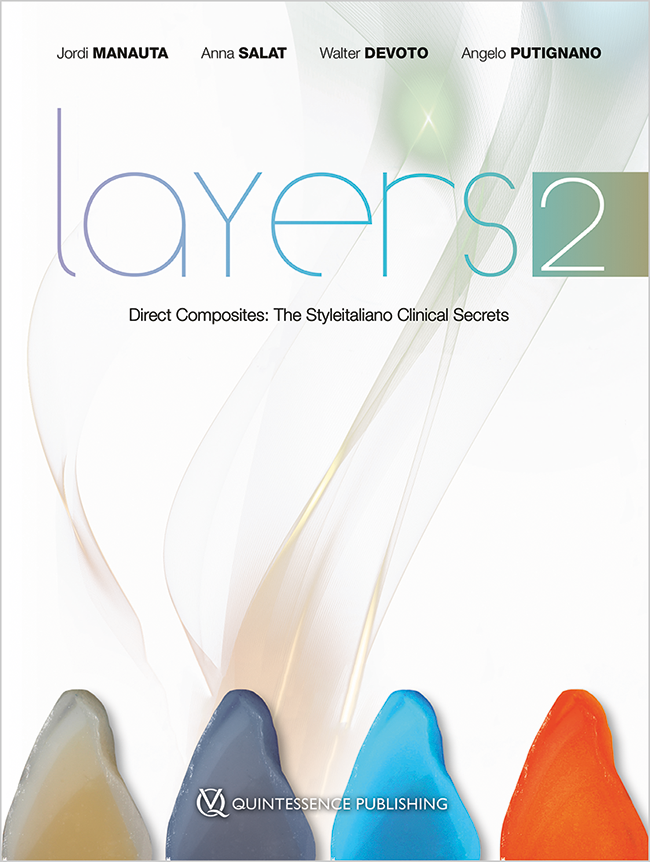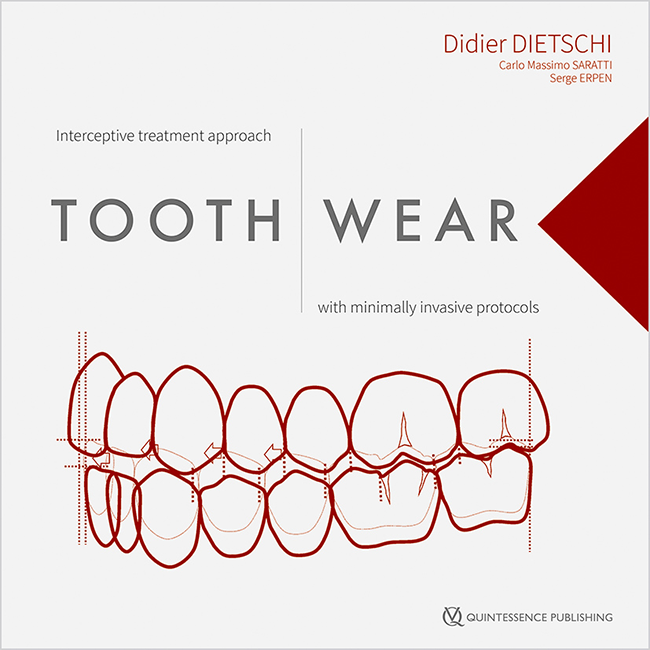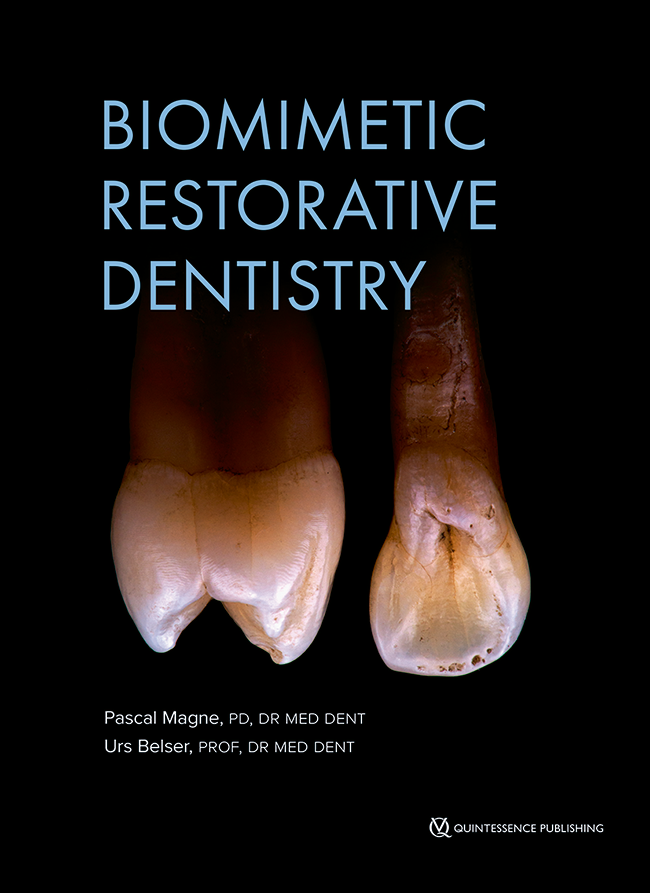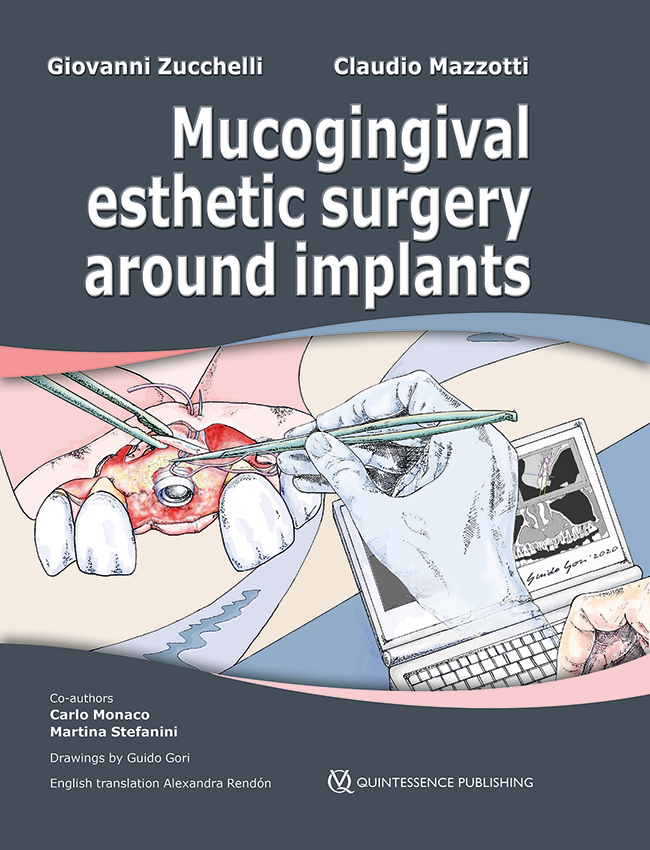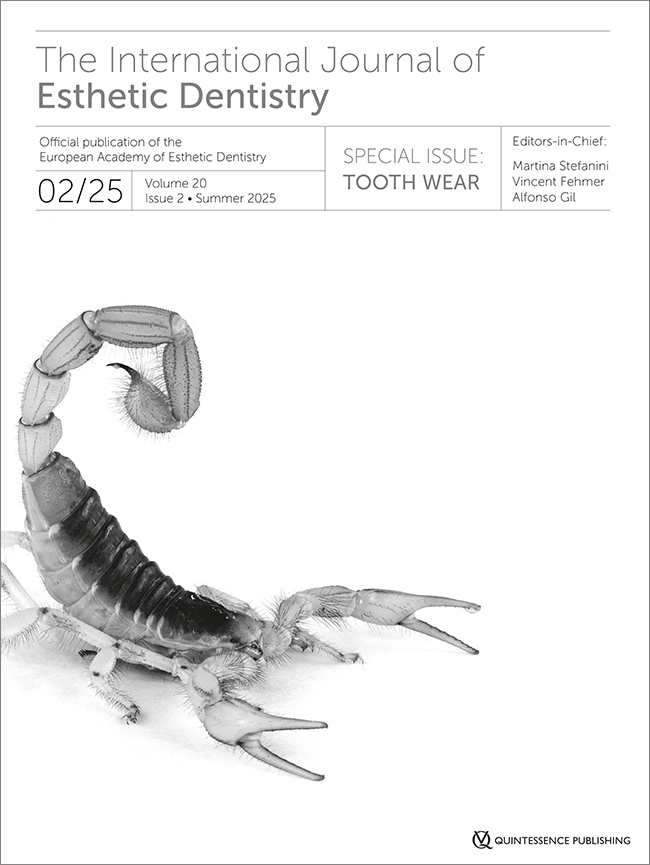Recipes for Composite Restorations
1. Auflage 2022
Buch
Hardcover; 25 x 25 cm, 456 Seiten, 1076 Abbildungen
Sprache: Englisch
Kategorien: Restaurative Zahnheilkunde, Ästhetische Zahnheilkunde
Artikelnr.: 23781
ISBN 978-1-64724-101-8
QP USA
Although many dental manuals have been called "cookbooks", none has ever embraced the style so fully as this new book. In its pages, the practitioner is fully reimagined as a master chef, and 26 esthetic restorative protocols are presented as gourmet recipes, ready to be learned and savored. The purpose of this book is to encourage true mastery of the fundamentals while avoiding the most common pitfalls. Dr Hirata demonstrates how to make the most of composite materials by focusing on the details and techniques that can really improve the final results. In restorative dentistry, the key is to use the right materials with the best technique. However, that is not enough. Any chef knows that once you have learned the fundamentals, your best work must also reflect your personal character, and the same goes for the work of restorative dentists. By focusing on the skillful use of the right ingredients and tools, this tour de force will teach you how to take the heat and take your restorative protocols to the next level. Keep it simple. Master the basics.
Contents
Chapter 01. At-Home Bleaching
Chapter 02. In-Office Bleaching
Chapter 03. Microabrasion
Chapter 04. Rubber Dam
Chapter 05. Posterior Class I Composite Restorations (Recipe A)
Chapter 06. Posterior Class I Composite Restorations (Recipe B): Achromatic Enamel
Chapter 07. Posterior Class I Restorations Using Bulk-Fill Composites with Flowable Consistency
Chapter 08. Posterior Class I and Class II Restorations Using Bulk-Fill Composites with Regular Consistency
Chapter 09. Posterior Class II Composite Restorations (Recipe A): Layered Technique
Chapter 10. Posterior Class II Composite Restorations (Recipe B): Bioactive Materials
Chapter 11. Posterior Semi-Direct Composite Restorations
Chapter 12. Posterior Indirect Composite Restorations (Recipe A)
Chapter 13. Posterior Indirect Composite Restorations (Recipe B): CAD/CAM Blocks
Chapter 14. Anterior Class III Composite Restorations
Chapter 15. Anterior Class IV Composite Restorations
Chapter 16. Anterior Class V Composite Restorations
Chapter 17. Tooth Reattachment
Chapter 18. Universal Shade Composites (Recipe A): Anterior Restorations
Chapter 19. Universal Shade Composites (Recipe B): Posterior Restorations
Chapter 20. Esthetic Composite Restorations Using Simplified Composite Systems
Chapter 21. Enamel Hypoplasia
Chapter 22. Black Triangles
Chapter 23. Anterior Diastemas
Chapter 24. Single Diastema Between Central Incisors
Chapter 25. Cosmetic Contouring
Chapter 26. Injectable Flowable Composite Technique
Contributors
Camila Sobral Sampaio, DDS, MSc, PhD
• DDS, MSc, and PhD in Dental Materials at State University of Campinas (UNICAMP, Brazil)
• Visiting Scholar at New York University (NYU, New York City)
• Professor of Biomaterials at Universidad de los Andes (Santiago, Chile)
Daniel Kenji Funabashi, DDS, MSc
• DDS at Federal University of Espirito Santo (UFES, Brazil)
• PG in Operative Dentistry at Brazilian Association of Dentistry (ABO-ES, Brazil)
• MSc in Dental Materials at State University of Campinas (UNICAMP, Brazil)
Rafaelly Cubas Camargo, DDS
• DDS at Federal University of Parana (UFPR, Brazil)
• Assistant in PG of Operative Dentistry at Latin American Institute of Research and Education (ILAPEO, Brazil)
Stephanie Gomes Assunção Alves, DDS
• DDS at Federal University of Parana (UFPR, Brazil)
• PG in Prosthodontics at Federal University of Parana (UFPR, Brazil)
• Assistant in PG of Operative Dentistry at Latin American Institute of Research and Education (ILAPEO, Brazil)

Prof. Dr. Ronaldo Hirata DDS, MS, PhD
Brasilien, CuritibaProf. Ronaldo Hirata, DDS, MS, PhD, schloss seinen Doktortitel an der Universität des Bundesstaates Parana in Curitiba, Brasilien, ab, bevor er an derselben Universität eine zweijährige Zusatzausbildung auf dem Gebiet der chirurgischen Zahnmedizin absolvierte. Um seine wissenschaftlichen Kompetenzen zu erweitern, erwarb er einen Master-Abschluss in Dentalwerkstoffen an der Katholischen Universität von Rio Grande do Sul in Porto Alegre, Brasilien, mit einer Forschungsarbeit über die Verwendung von Glas- und Polyethylenfasern zur Verbesserung der mechanischen Eigenschaften von Kompositen. Nach seiner Promotion in restaurativer Zahnmedizin an der Staatlichen Universität von Rio de Janeiro, bei der er sich mit der Durchlässigkeit, Reflexion und Fluoreszenz von Kompositkunststoffen befasste, absolvierte Prof. Hirata ein Doktoratsstudium an der New York University (NYU), wo er sich mit der Plasmaanwendung auf Dentinoberflächen und der Analyse der Haftfestigkeit befasste. Derzeit ist er als Dozent in der Abteilung für Biomaterialien an der NYU tätig, mit einer Nebenstelle in der Abteilung für Kariologie. Prof. Hirata hat in mehr als 40 Ländern Vorträge gehalten und mehr als 100 Beiträge auf Englisch, Portugiesisch und Spanisch veröffentlicht. Seine früheren Bücher (TIPS, Artes Medicas, 2014; Shortcuts, Quintessence, 2017) wurden ebenfalls in drei Sprachen veröffentlicht. Prof. Hirata betreibt eine Privatpraxis für ästhetische Zahnheilkunde in Curitiba.




